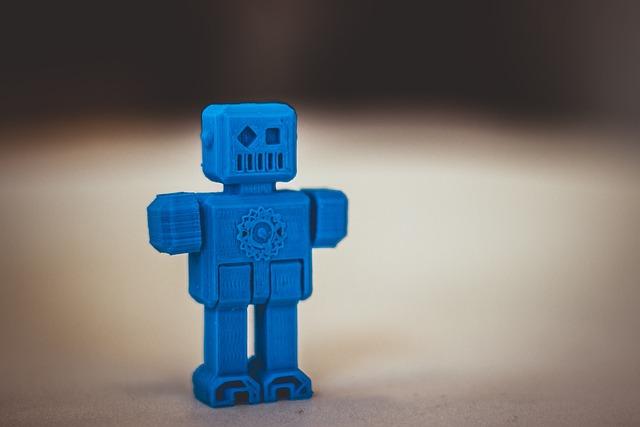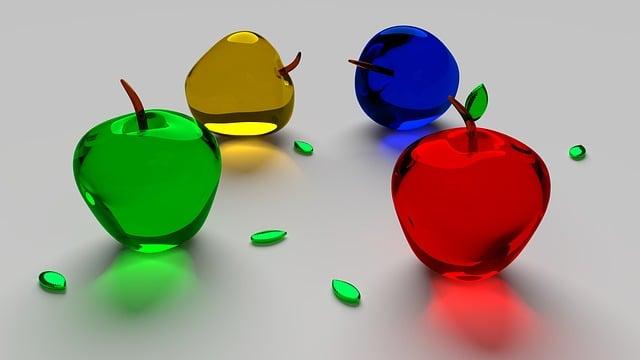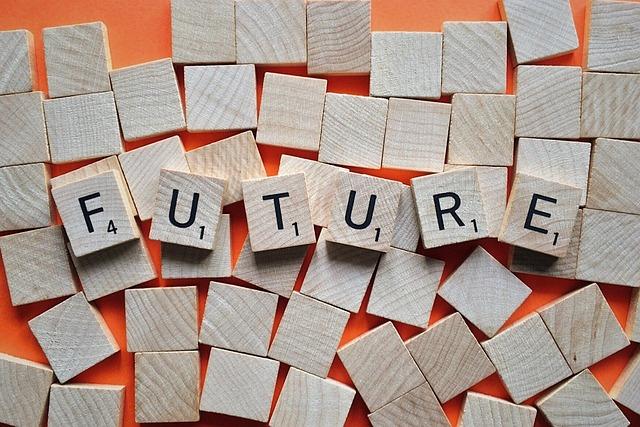Introduction
3D printing technology has revolutionized the medical field, paving the way for groundbreaking advancements in healthcare. One such innovation is the development of 3D-printed organs on demand, a concept that could potentially transform the landscape of organ transplants and personalized medicine. In this article, we will explore the exciting possibilities offered by 3D-printed organs, including their benefits, challenges, and future implications.
Benefits of 3D-Printed Organs
One of the key advantages of 3D-printed organs is their potential to address the critical shortage of donor organs for transplantation. With over thousands of individuals on organ transplant waiting lists worldwide, 3D printing offers a promising solution to meet this pressing demand. Additionally, 3D-printed organs can be customized to fit the specific needs of individual patients, reducing the risk of rejection and improving overall transplant success rates.

(Image: Pixabay/@albertoadan)
Furthermore, the ability to create organs on demand could significantly reduce waiting times for transplant surgeries, ultimately saving lives and improving patient outcomes. By using a patient's own cells to create bioengineered organs, the risk of immune rejection is minimized, leading to better long-term survival rates post-transplantation.
Another significant benefit of 3D-printed organs is the potential to revolutionize drug testing and personalized medicine. These bioengineered tissues and organs can serve as more accurate models for drug development, enabling researchers to test new therapies more effectively and tailor treatments to individual patient profiles.
Challenges in 3D-Printed Organ Development
Despite the numerous benefits, there are several challenges that must be addressed before 3D-printed organs become widely available for clinical use. One major hurdle is the complexity of recreating functional and vascularized organs that can fully integrate with the body's natural systems. Current limitations in printing speed, resolution, and biomaterials pose considerable obstacles in achieving the level of precision and functionality required for successful organ transplantation.

(Image: Pixabay/@ColiN00B)
Additionally, the regulatory landscape surrounding 3D-printed organs is still evolving, raising questions about safety, quality control, and ethical considerations. Ensuring the safety and efficacy of these bioengineered organs will require close collaboration between researchers, industry stakeholders, and regulatory bodies to establish clear guidelines and standards for their production and use.
Moreover, the cost-effectiveness of 3D-printed organs remains a key concern, with current technologies being relatively expensive and inaccessible to many patients in need. Addressing these economic barriers will be crucial in realizing the full potential of 3D-printed organs as a viable alternative to traditional organ donation.
Future Implications of 3D-Printed Organs
Looking ahead, the future of 3D-printed organs holds immense promise for transforming healthcare on a global scale. As research and development efforts continue to advance, we can expect to see a growing number of successful clinical applications of 3D-printed organs, ranging from heart valves to entire kidneys and livers.

(Image: Pixabay/@WOKANDAPIX)
With ongoing innovation in biomaterials, bioprinting techniques, and tissue engineering, the field of regenerative medicine is poised for unprecedented growth and impact. The prospect of creating patient-specific organs and tissues tailored to individual genetic profiles opens up new possibilities for regenerative therapies, disease modeling, and organ replacement, revolutionizing the way we approach healthcare and disease treatment.
Conclusion
In conclusion, 3D-printed organs represent a cutting-edge technology with the potential to overcome the limitations of traditional organ transplantation and usher in a new era of regenerative medicine. While challenges persist in terms of functionality, regulation, and cost, ongoing research and technological advancements are steadily driving the field forward. The future looks bright for 3D-printed organs, offering hope for patients in need of life-saving transplants and paving the way for personalized healthcare solutions.
FAQs
How close are we to having 3D-printed organs available for transplantation?
While significant progress has been made in developing 3D-printed organs, widespread clinical implementation is still several years away. Researchers are actively working to overcome technical challenges and regulatory hurdles to bring bioengineered organs to the forefront of healthcare.
What are the ethical considerations surrounding 3D-printed organs?
Ethical concerns related to 3D-printed organs encompass issues such as patient consent, equality of access, and the implications of commercializing human organs. Ensuring transparency, equity, and ethical standards in organ bioengineering is essential for the responsible advancement of this technology.
How affordable will 3D-printed organs be for patients in need?
The cost of 3D-printed organs remains a significant challenge, with current technologies being relatively expensive. Overcoming cost barriers will require advancements in manufacturing processes, materials, and widespread adoption of the technology to make bioengineered organs more accessible and affordable for patients.

